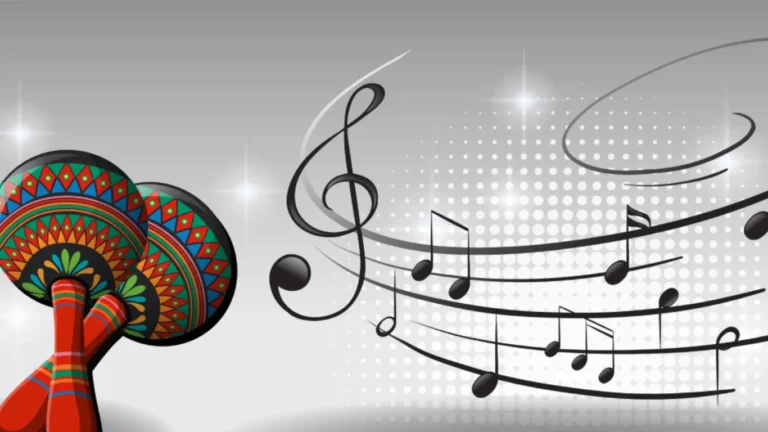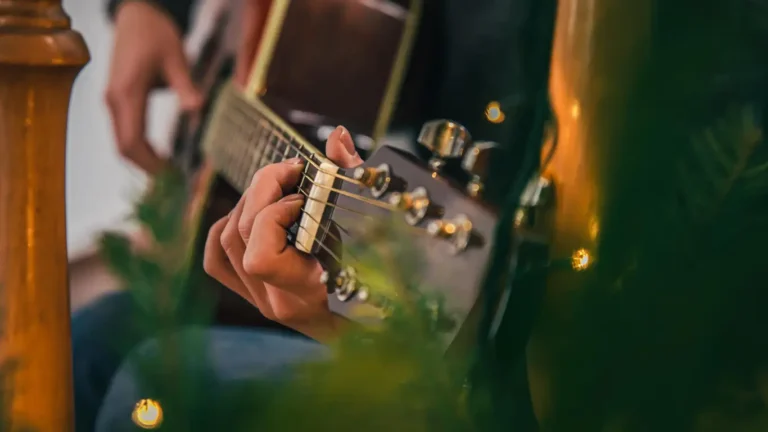What Is Iranian Music?
Iranian music combines old and modern elements. With its mystical and introspective melodies, Persian drum beats, and Persian classical music, it is an intimate element of the culture, played with an almost blues-like intensity. It is experiencing a renaissance at home, while there is an equally dynamic Iranian pop movement outside of Iran.
Persian Variety Music
Two groups can be used to classify the music that originated in Iran:
- Folk music
- Traditional music
Traditional Music
Folk music is primarily employed for recreational purposes, but traditional music is more spiritual and cerebral. The vocal productions of a vocalist are typically the foundation of this type of music. The singers and musicians usually perform in a specially furnished space with rugs and candles.
Folk Music
Folk music has a closer connection to ordinary people’s feelings and daily experiences. Via repeated singing, it is passed down through the generations. As such, it includes a wide range of songs and musical styles, each of which has its roots in a particular part of the nation or a distinct social group. Additionally, a range of social, historical, and religious themes and contexts—weddings, birthdays, lullabies, etc.—are included in the music.
Iranian musical instruments
Iran has hundreds of Iranian instruments, including string and percussion. Most of them extended throughout the region under the Persian Empires, up to Europe and Asia, courtesy of Silk Road traders. Among the most iconic instruments of Iranian traditional music are:
- Ney is a 5000-year-old end-blown flute, making it the oldest musical instrument. Persian neys have six holes and one for the thumb.
- Santur is a stringed percussion instrument with 72 metallic strings stretched across a trapezoidal resonating soundboard. To hit the strings, the musician utilizes two little spoon-shaped mallet hammers. This instrument was exported to numerous countries, including India, China, and Greece.
- Setar is a four-stringed instrument from the lute family. It is a game that is played with the hands. It has a pleasant and cozy sound.
- Tar is a type of lute with six strings. It was invented in the 18th century and has since become one of the most significant musical instruments in Iran and the surrounding region. It is the most popular instrument for solo traditional music or accompanying tunes.
- Kamancheh is a bow-and-string instrument. It is a traditional Armenian, Azerbaijani, Turkish, and Kurdish instrument. It is a forerunner of violin instruments.
- Tanbur is another form of lute with two or three strings. It is the sacred instrument of the Kurdish people and so plays a vital role in the traditional music of Iran’s Kurdish areas.
- Daf is a spherical frame drum with metal ringlets on it. Originally a Sufi instrument from Kurdistan, it is now commonly used to accompany vocalists and performers of tanbur, setar, and other instruments.
- Tonbak is one of the most essential drum instruments in Iranian music. It is played with the hands diagonally across the torso of the player.
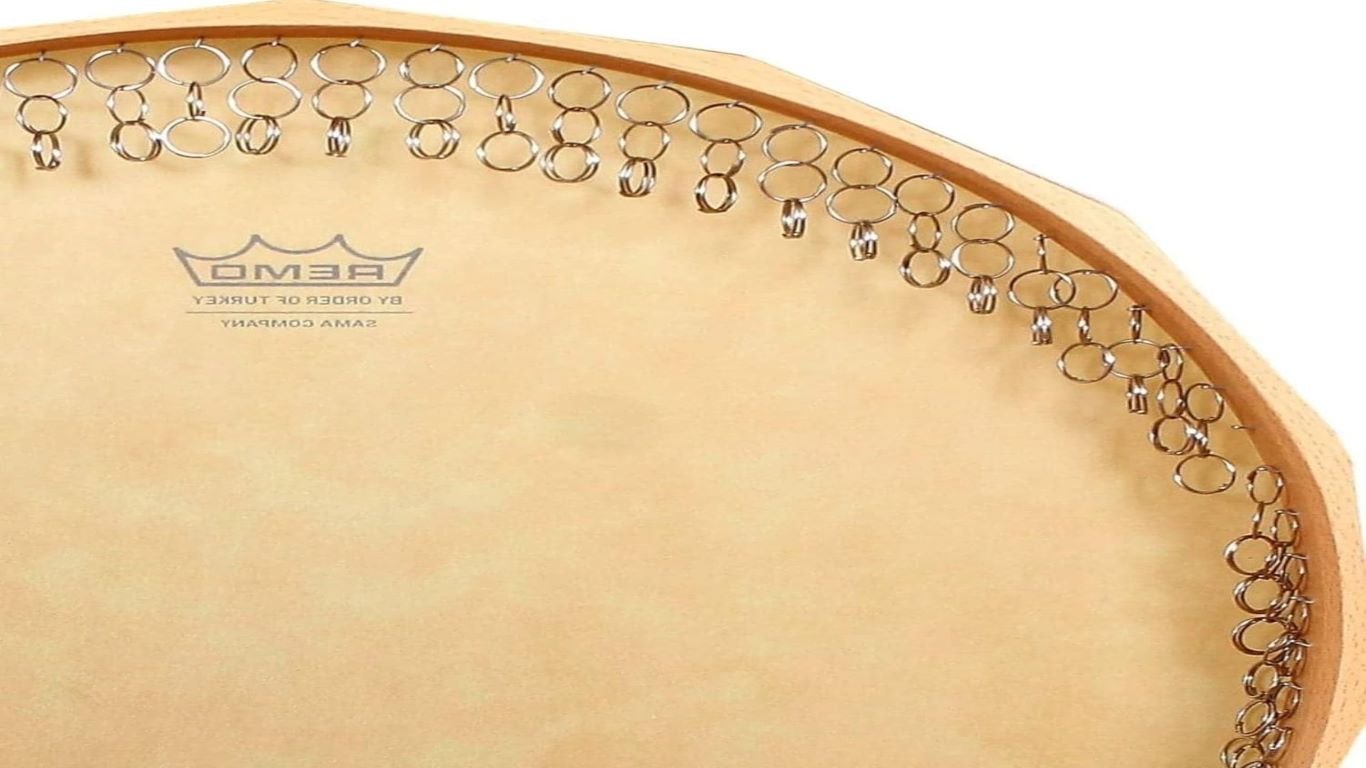
Critical Features Of Iranian Music
Iranian music is distinguished from other Central Asian music by the following characteristics:
- Melodies are concentrated in a restricted register.
- Melodic movement is accomplished using conjunct steps.
- The focus is on cadence, symmetry, and motivic repetition at various pitches.
- Simple rhythmic rhythms are used.
- The tempo is frequently quick, and the ornamentation is thick.
- Tahrir, a vocal embellishment similar to yodeling, is commonly used to embellish verbal sections.
- Furthermore, Persian music is unique in the Middle Eastern tradition in that the many melodic phrases, or gushes, are meant to mirror the rhythmic stamp and melodic pattern of poetry.
Making The Choice of Instrument To Learn
When unfamiliar with the various types of instruments, selecting one to master can be incredibly challenging. When deciding which instrument to learn, the following factors should be taken into account:
- Deliberate on Your Musical Preferences: Contemplate the genre of music that captivates your attention, as well as the instruments that comprise it. That could be a decent option if you deeply love a specific instrument’s sound.
- The level of physical skill required for different instruments may vary. When selecting an instrument, consider your physical capabilities and any potential barriers you may face.
- The cost of instruction and accessories must also be incorporated into your budget, as specific instruments are more costly than others.
- Consider whether you will have access to the necessary resources to learn the instrument, as locating instructors and resources for specific instruments may be more challenging.
Typical Features of Iranian Music Drum Instruments
Persian drums are played either by hand or with a mallet. Drums have been used since prehistoric times and are typically composed of animal skins. Various percussion instruments make music by using metals. Because musical instruments are so diverse, it is impossible to deal with them all because some are rarely utilized and only found in small tribes.
Persian percussion instruments occur in a wide range of styles and ethnicities. Iran offers a wide range of musical instruments. Today, nations in various parts of Iran create and use musical instruments with varying construction and sound themes.
Iran’s regions have a variety of musical traits and instruments due to their lifestyle and accessibility. Despite introducing several Persian instruments over time, traditional musical instruments influenced and inspired numerous cultures.
Unlock Iran’s Rhythms!
Immerse yourself in the enchanting world of Iranian music compiled by Ali Massoudi and the soulful sounds of Padideh Ahrarnejad.
Your adventure begins here. Don’t Fail to Notice!
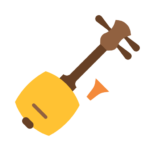 String Instr
String Instr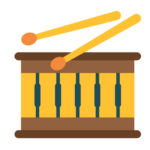 Percussion Instr
Percussion Instr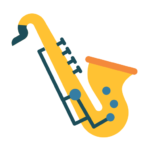 Wind Instr
Wind Instr Keyboard Instr
Keyboard Instr Tools
Tools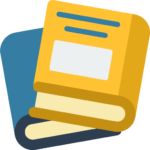 Books
Books